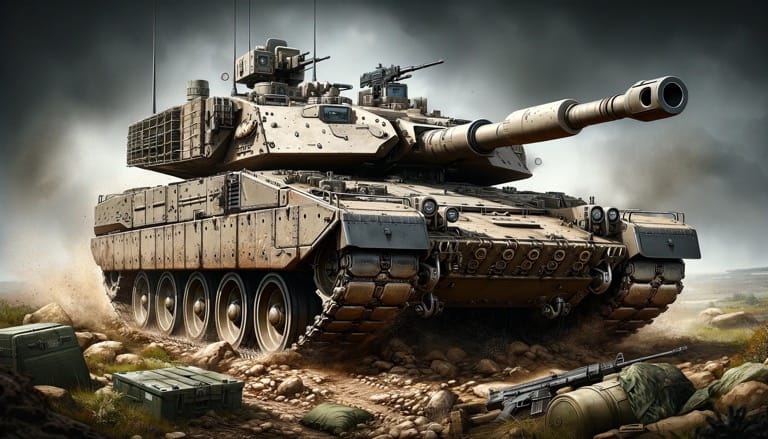The Leopard Tanks Dilemma: A Stark Reality in Ukraine's Battlefields
In a recent and concerning development in the ongoing conflict in Ukraine, a German Green Party politician has raised alarms over the drastically reduced operational capacity of Leopard tanks. Initially seen as a significant boost to Ukraine's defensive capabilities, these advanced German-made tanks are now facing a stark

In a recent and concerning development in the ongoing conflict in Ukraine, a German Green Party politician has raised alarms over the drastically reduced operational capacity of Leopard tanks. Initially seen as a significant boost to Ukraine's defensive capabilities, these advanced German-made tanks are now facing a stark reality on the battlefield.
The crux of the issue lies in the numbers. Out of the 18 Leopard tanks delivered by Germany to Ukraine in March, only a handful remain in active combat. This alarming rate of attrition has been highlighted by the defense expert of the Greens, who underscored the severity of the situation during a workshop visit in Lithuania, where some of these tanks are undergoing repairs.
This revelation is not just a matter of numbers, but speaks volumes about the harsh conditions on the ground and the challenges faced by Ukrainian forces. The Leopard-2 tanks, renowned for their advanced technology and firepower, are now being serviced at the Lithuanian military training area in Gaiziunai, signifying the difficulties in maintaining such sophisticated equipment in war conditions.
The dwindling number of operational Leopard tanks in Ukraine raises critical questions about the effectiveness of military aid in such complex conflict zones. While these tanks were initially heralded as a game-changer for Ukraine, their rapid decline in operational status illustrates the challenges of warfare logistics and maintenance. It also points to a possible underestimation of the demands and rigors of the battlefield, where even the most advanced technologies are tested to their limits.
Moreover, this situation sheds light on the broader implications of providing high-tech military equipment to conflict zones. It underscores the necessity for not just the provision of hardware, but also the essential support systems, training, and maintenance capabilities that must accompany such aid. The effective use of advanced military equipment, as the Leopard tanks case demonstrates, is as much about the machinery as it is about the logistical and technical support behind it.
As the conflict continues, the case of the Leopard tanks serves as a poignant reminder of the complexities and realities of modern warfare. It highlights the need for a comprehensive approach to military assistance that goes beyond the mere supply of equipment. Understanding the full spectrum of challenges faced on the ground is crucial in ensuring that such aid is not only effective but also sustainable in the long run. The Leopard tanks, while symbolizing strength and advanced technology, have also become a symbol of the harsh and unforgiving nature of warfare, where even the mightiest can falter.




